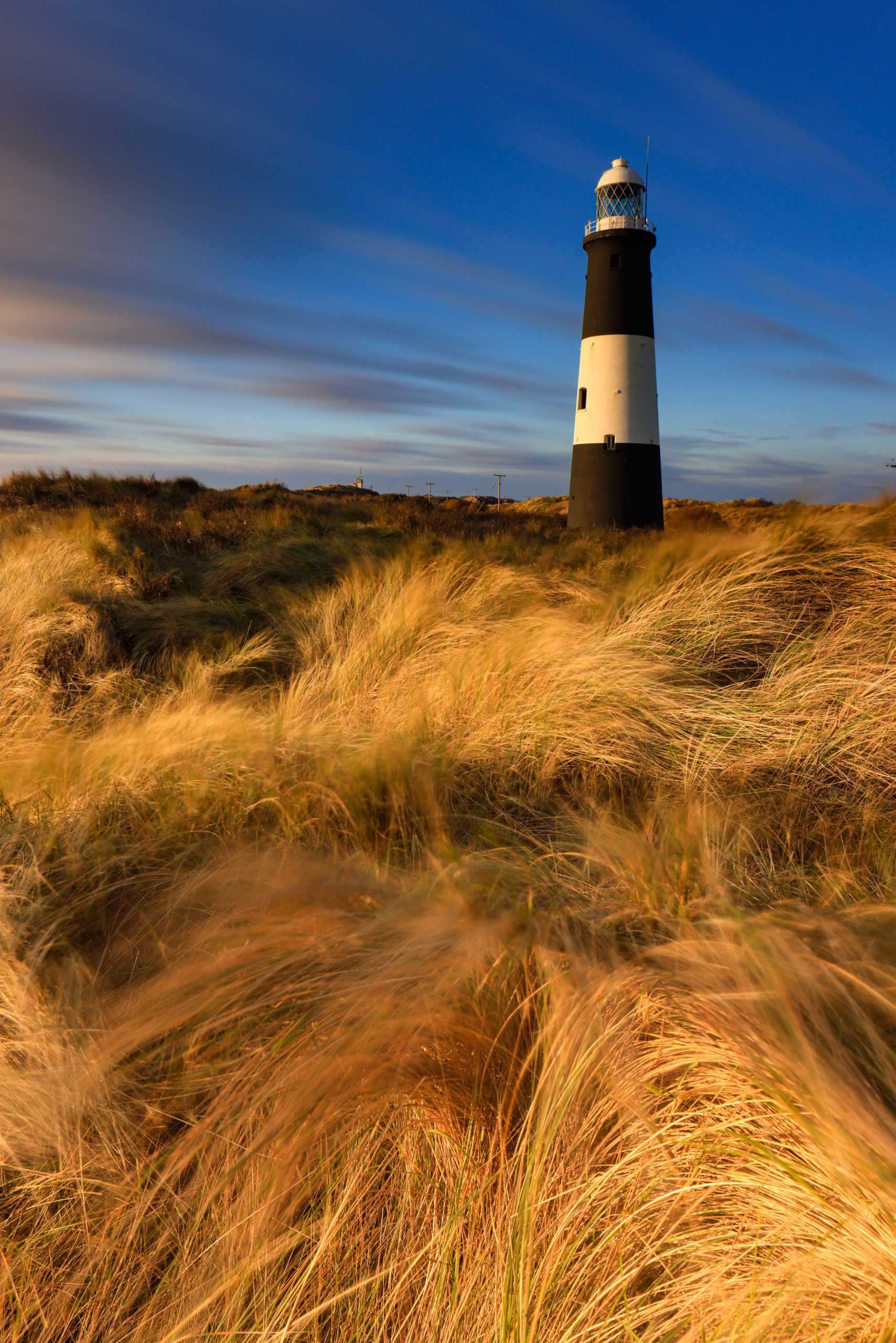Big Blue adventures – part four
Fresh from the joys of Christmas spent back at home with family, we set off in January for an area I’d never visited before – the Humber estuary. Now that may not seem like the most obvious place to head in January, but we had to be up North (of England) for some of those snags I mentioned to be sorted so it was a good chance to take advantage of being in that neck of the woods.

Not to mention is was somewhere I’d always wanted to go and explore.
So we set off North heading for the area around Spurn point and it was here that Bebe first began to fulfil the role I’d envisioned for her – home on the road to explore at a more leisurely pace.
We thought we might spend a couple of days there before moving on, but as it turned out, the Humber Estuary area is every bit as interesting as I’d thought it might be and we ended up being there nearly 10 days.
If you’ve never been, Spurn Point is an incredible spit of land that stretches out from the north east coast of England. It is an exceptional bird sanctuary, although in winter time it’s a little quieter than it may otherwise be, and it also features a rather attractive lighthouse down near the bottom of the point. It had been on my photographic list for a while, so in the time we were there, I took 6 sunrise trips down there in the hope of great light. At this point I feel I should explain that the nearest you can park to the lighthouse is about 5km away. And about 1.5km of that distance is on soft sand. If you plan on being there for sunrise, it’s a very early start to allow for the 1hour hike you need to complete, and combined with a rucksack with cameras and a tripod weighing in excess of 15kg, it’s an interesting start to the day. But it is definitely worth it.
Research had shown a “classic” view of Spurn Point lighthouse that I was keen to explore, but having the chance to get down there several times, I had the opportunity to find other viewpoints too. And this is the benefit of being on location for an extended period of time. I know people are often reluctant to explore their local patches, the old adage that familiarity breeds contempt rings true in photographic subject choice too. Living in Bebe, I get to spend enough time at a location to get to know it, without it becoming boring for having “been there” all the time. It affords me the luxury to get to know the location a little more and see it in different lights. In fact, the first time I walked down there it was foggy when I set off. I am, however, an eternal optimist but even so it was two hours of walking during which time I didn’t take the camera out of the bag – I did get to walk around and start making plans though – the value of a recce is immeasurable and is something that we often don’t have the luxury of in travel photography.


After the fogged-out recce, I kept a close eye on the weather over the following days picking and choosing the mornings to go make the walk. Did I get it right each time? Nope, but was it always a pleasurable experience? Absolutely.
It may sound like the lighthouse was all I was interested in, but that couldn’t be further from the truth. Every location offers a plethora of picture taking opportunities, you just have to open your eyes to them and see what is there. I’ve always been a fan of more abstract images of water too, not that I tell many people that! So on the days when the light wasn’t right for what I was looking for from the lighthouse, I spent my time on the sea shore watching the waves and taking some different images. This is a key skill in travel photography – the ability to find pictures where other miss them, and it’s one that you should continually hone.





After Spurn point, I headed off abroad for a week to the Xposure International photography festival and on my return we went north for Scotland and Skye, so stay tuned for part 5 to see what happened there.

